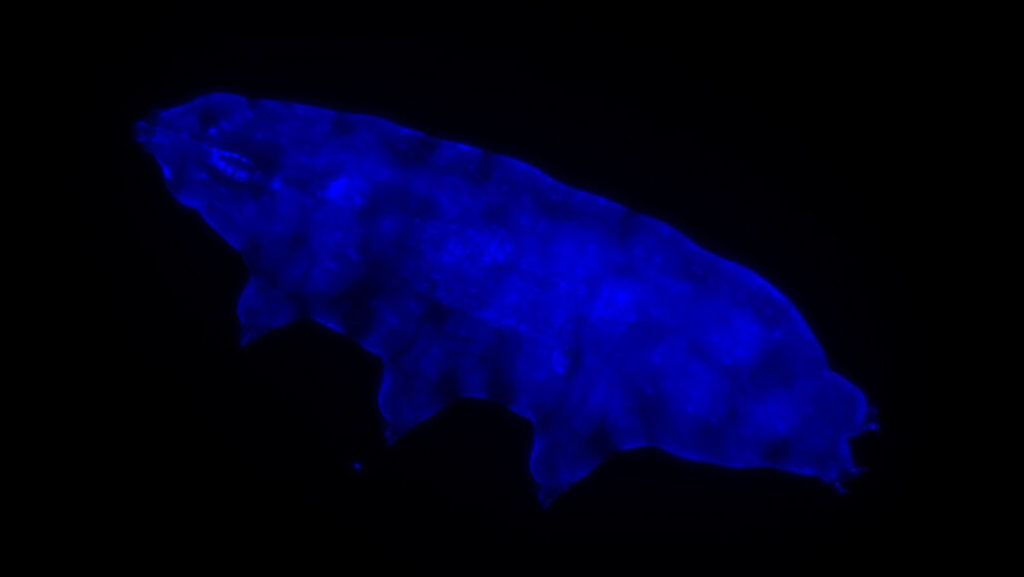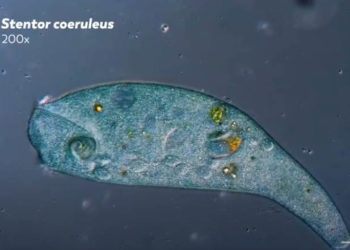Hopefully you were following the news over the last month and saw the important development that is changing all of our lives. Yes, that’s right, I’m talking about the recent paper in Biology Letters (https://doi.org/10.1098/rsbl.2020.0391) showing that tardigrades (aka “water bears”, aka “moss piglets”) emit fluorescent light. Yes, as if tardigrades weren’t amazing enough, we now know that they glow blue.

For those not familiar with these incredible creatures, a video primer below.
Discussion
6 Thoughts on "Important Tardigrade Update"
You bet I saw the article. Glad to see that TSK is monitoring important stuff – some of your recent posts were on such minor topics (voting in some election or other; something about a pandemic) that I thought maybe you’d taken your eye off the ball.
Ah, but you skipped the most amazing part — the reason for the fluorescence, which occurs only when they are exposed to UV light. The authors speculate that the specific species of tardigrade they studied, which occurs in UV-rich environments, have evolved “a protective fluorescent shield that absorbs harmful UV radiation and emits harmless blue light.”
With tricks like these up their (numerous and short) sleeves, tardigrades may indeed take over the world. (Cf. https://twitter.com/mrwaterbear ).
Many thanks for posting this. I remember seeing these critters through my hobby microscope when I was a kid, in samples taken from a nearby creek.
Before becoming a medical librarian, I was a geneticist and for a little while in the early 90’s flirted with the idea of trying to clone the genes for the various amazing properties they have.


